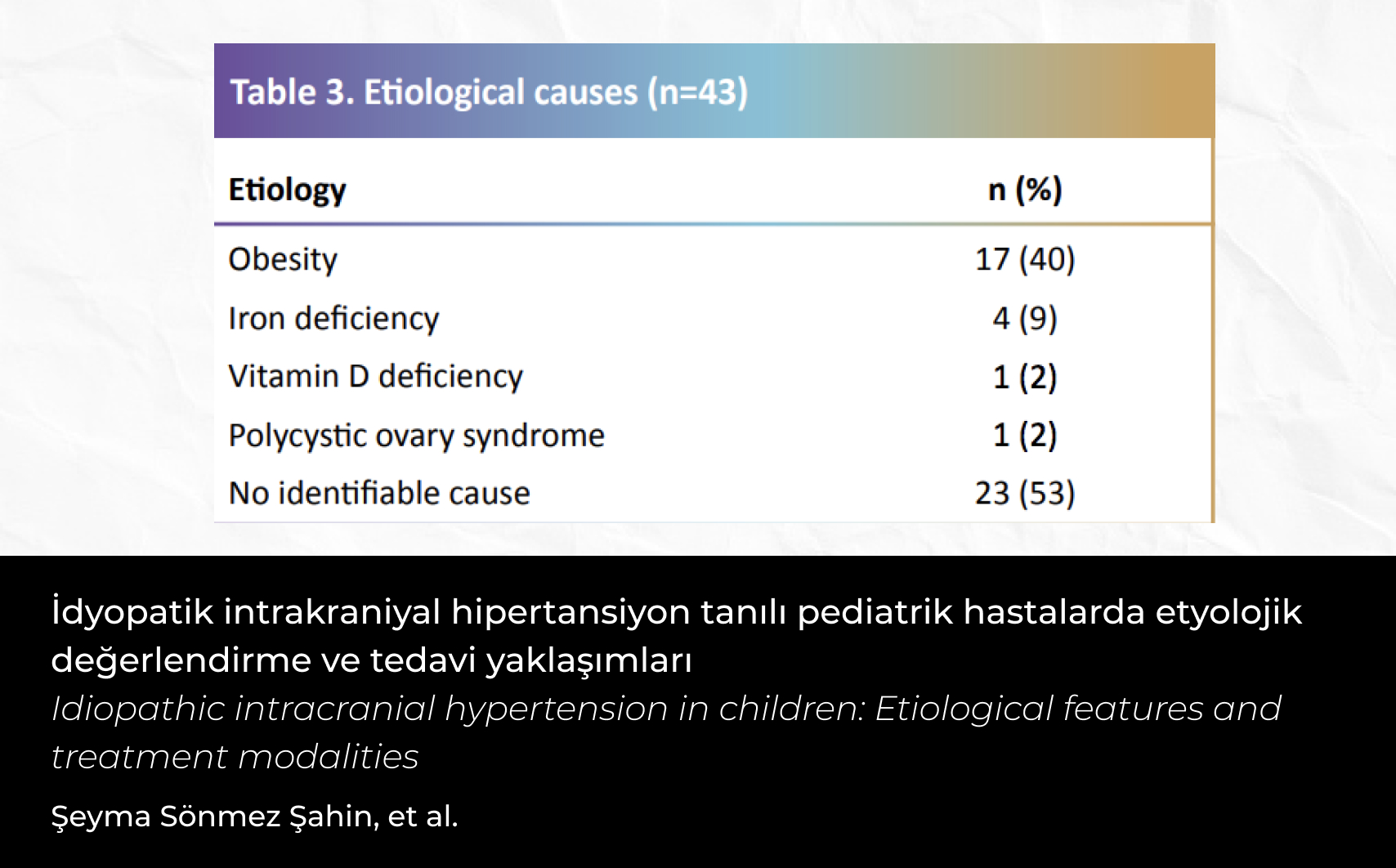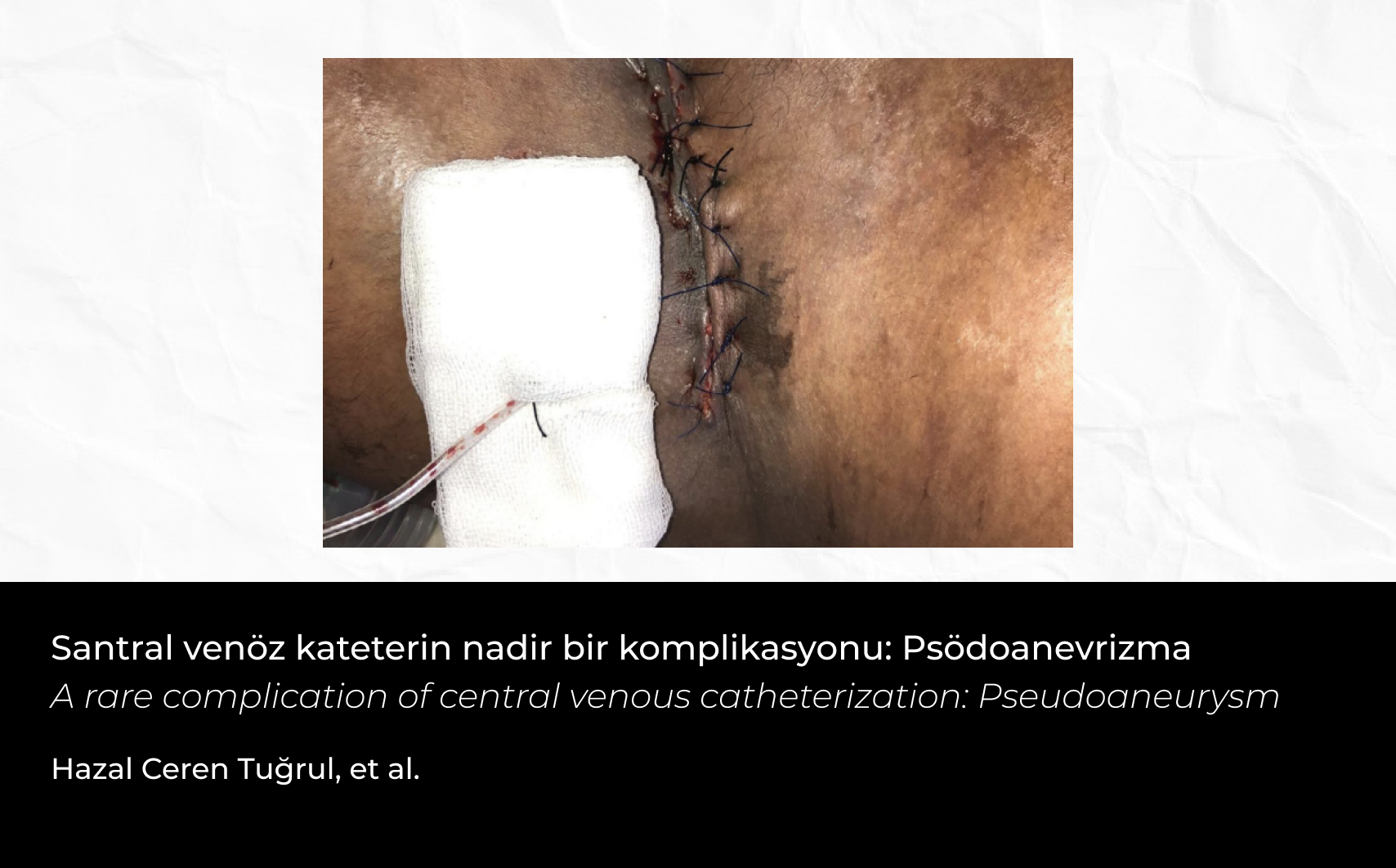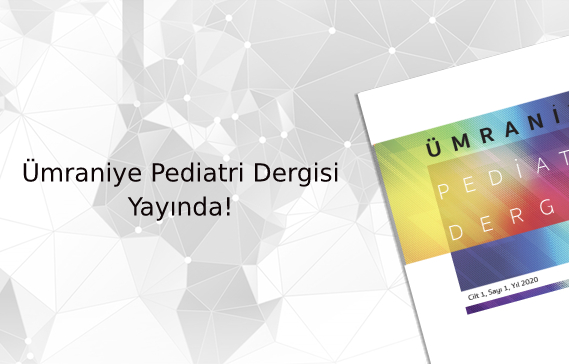Özet
Amaç: Bu çalışmada, çocuk acil servise 112 ambulansı tarafından getirilen hastaların demografik ve triyaj özellikleri ile ambulansta ilk tanı konularak, amaca uygun kullanılıp kullanılmadığının tespit edilmesi amaçlandı.
Gereç ve Yöntemler: İleriye dönük yapılan bu çalışmaya 112 acil ambulansı ile gelen travma dışı çocuk hastalar kabul edildi. Hastaların cinsiyetleri, acil servise başvuru saatleri, olguların alındığı yerler, geliş nedenleri, ambulans vital bulguları ile ön tanıları, acil serviste konulan tanılar, konsültasyon istenen bölümler, acil serviste sonlanım durumları ve yattığı yerler değerlendirildi.
Bulgular: Çalışmaya dahil edilen 193 olgunun %56’sı (n=108) erkek, %44’ü (n=85) kız idi. Hastaların %31,6’sının (n=61) 10–18 yaş, %27,5’inin (n=53) 2–5 yaş, %26,4’ünün (n=51) 1–24 ay, %9,8’inin (n=19) 6–10 yaş, %4,7’sinin (n=9) 0–26 gün, %51,3’ünün (n=99) sarı alan, %45,1’inin (n=87) kırmızı alan, %3,6’sının (n=7) yeşil alan hastası olduğu değerlendirildi. 112 acil ambulansın çağırılma nedeni en çok %33,2 (n=64) ile nörolojik sistem acilleri, ikinci olarak %20,2 (n=39) ile enfeksiyon hastalıklarıdır. Hastalar acile %94,8 (n=183) evden, %2,6 (n=5) okuldan, %2,6 (n=5) diğer yerlerden getirildi. Ambulansta ölçülen vital bulguların; %90,2’si ateş, %50,8’i nabız, %39,4’ü dakika solunum sayısı, %33,2’si oksijen satürasyonu ve %12,4’ü Glasgow koma skalası (GKS) değerleridir. Acil tanıları, en çok %34,2 (n=66) ile nörolojik sistem acilleri, ikinci olarak da %27,5 (n=53) ile solunum sistemi hastalıklarıdır. Konsültasyonlar ise en çok %70,5 (n=136) ile çocuk nöroloji, ikinci olarak da %10,4 (n=20) ile çocuk cerrahi bölümleridir. Hastaların %57,5’inin (n=111) çocuk gözleme, ikinci ve eşit olarak da %17,1’inin (n=20) diğer bölümler ile çocuk servisine yatışı yapıldı. Acile 112 ambulansla getirilen hiçbir hasta sevk edilmedi ve ölüm olmadı.
Tartışma: Acil ambulans sistemindeki ve çocuk acildeki en sık konulan tanı nörolojik sisteme ait hastalıklar ile ilgili bulunmuş olup birbirine yakın tespit edildi.
Abstract
Objective: It was aimed to determine the demographic and triage characteristics of the patients brought to the pediatric emergency room by the 112 ambulances and to determine whether they were used appropriately in the ambulance by making the first diagnosis.
Material and Methods: In this prospective study, non-traumatic pediatric patients who came to the 112 were accepted. The gender of the patients, the hours of admission to the emergency department, the places where the cases were taken, the reasons for their arrival, the ambulance vital signs and preliminary diagnosis, the diagnoses made in the emergency department, the departments for which consultation was requested, and the emergency department. Outcomes and hospitalizations in the service were evaluated.
Results: The subjects of 193 included in the study, 56.0% were male, 44.0% were female, 31.6% were 10–18 years old, 27.5% 2–5 years old, 26.4% 1–24 months, 9.8% 6–10 years old, 4.7% 0–26 days, 51.3% yellow area, 45.1% red area, 3.6%. He was considered a green field patient. The reason why 112 ambulances were called frequently was neurological system emergencies with 33.2% and infectious diseases with a rate of 20.2%. About 94.8% were brought to the emergency room from home, 2.6% from school, and 2.6% from other places. Vital signs measured in the ambulance, fever 90.2%, 50.8% pulse rate, 39.4% respiratory rate per minute, 33.2% 02 saturation, and 12.4% Glasgow coma scale values. Urgent diagnosis, 34.2% neurological system emergencies, secondly respiratory system diseases with 27.5%. 57.5 pediatric observation, second and equally 17.1%, with other departments and hospitalizations in the pediatric service. No patient was referred to the emergency room by 112 ambulances and there was no death.
Conclusion: The most common diagnosis in the emergency ambulance system and in the pediatric emergency was found to be related to diseases of the neurological system and was found to be close to each other.






 Sevgi Akova1
Sevgi Akova1 





